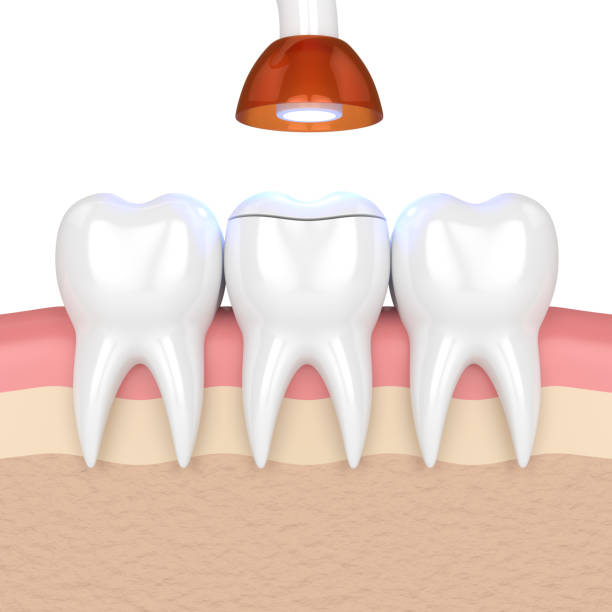Fillings

Decay is caused by microscopic germs living on your teeth, when you eat food that is high in sugar these germs consume that food and release acid, which then slowly dissolves your teeth. If this is left to continue for too long it can lead to decay.
Decay is not always visible with the eye, and doesn’t always cause symptoms, it is for that reason regular dental check ups are recommended for prevention.
This decay if left untreated can continue to grow into the nerve, which can then become incredibly painful and may end up with the tooth needing to be taken out. It is for this reason that if your teeth are decayed your dentist will offer you fillings. To restore what tooth is left , and to prevent the decay from spreading further.
A filling involves removing the decay with a drill, and then restoring the area where the decay used to be with a filling material.
The three most commonly used types of filling materials:
White Composite Filling
This is the most popular white filling. It consists of a resin that starts as soft, but is cured by the dentist under a special curing light which gives it its strength.
Metal Amalgam Filling
This filling is a metal filling composed of a silver / mercury mix, that is why often you may hear them called silver fillings.
GIC Filling
The glass ionomer filling is a filling that is mostly used in children, and as a provisional filling for heavily decayed teeth , that may later have something more permanent done.
Advantages and Disadvantages of Filling Materials
| Filling | Advantages | Disadvantages |
|---|---|---|
| White Composite |
|
|
| Amalgam Metal |
|
|
| Glass Ionomer Cement |
|
|
Prices of different fillings
| Fillings | Price |
|---|---|
| Single surface white composite filling | from £165 |
| Multi surface white composite filling | from £220 |
| Amalgam Metallic Filling | £110 |
| Simple Glass Ionomer filling | £110 |
| Core Build Up | from £275 |